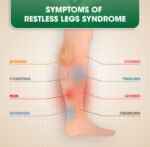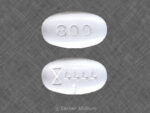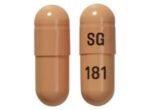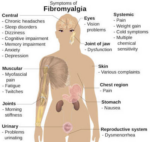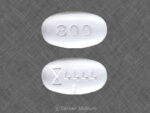Those who feel shy admitting that it become difficult to stop shaking legs can now take it easy as there is an effective treatment available to treat Restless Legs Syndrome and you don’t need to hide the problem in front of others and feel shy anymore. It is natural that people suffering from RLS feel shy about their condition as they feel the symptoms are abnormal and unusual too. Well, RLS now is very common and there is nothing to feel embarrassed about it as there is treatment to get rid of this problem.
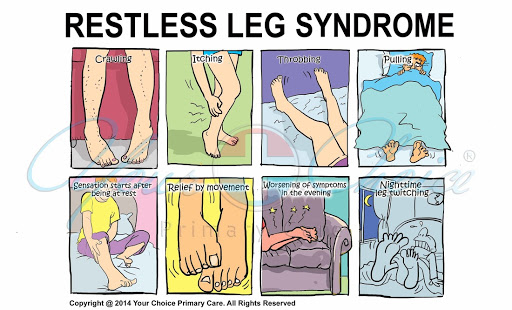
Restless legs syndrome (RLS) is a neurological disorder that causes an uncomfortable sensation in the legs, particularly at night or when resting. People with RLS may experience an irresistible urge to move their legs, which often leads to disrupted sleep patterns and daytime fatigue.
The exact cause of RLS is not fully understood, but it is believed to be related to a dysfunction in the part of the brain that regulates movement and sensation. RLS has been linked to certain medical conditions, such as iron deficiency anemia, diabetes, and kidney disease. It may also be associated with certain medications, including antidepressants, antipsychotics, and antihistamines.

Symptoms of RLS typically include:
- A strong urge to move the legs, often accompanied by uncomfortable or unpleasant sensations, such as itching, tingling, burning, or crawling
- Symptoms that worsen at night or when resting, and are relieved by movement or stretching
- Difficulty falling or staying asleep due to the urge to move the legs
- Daytime fatigue or sleepiness, due to disrupted sleep patterns
Treatment for RLS may include medications, such as dopamine agonists, iron supplements, or anticonvulsants, as well as lifestyle changes, such as regular exercise, avoiding caffeine and alcohol, and maintaining a regular sleep schedule. People with RLS should talk to their healthcare provider about the best treatment options for their individual needs.
Restless Legs Syndrome can attack anytime. It comes with unbearable pain in the leg and can also spread to different body parts like torso and arms. You can sometimes find the remedies to relieve pain at home itself. Some of the common treatments available at home are
There are several non-pharmacological approaches that may help alleviate the symptoms of restless legs syndrome (RLS), including:
- Regular exercise: Engaging in moderate exercise, such as walking or yoga, on a regular basis may help reduce symptoms of RLS.
- Hot or cold compresses: Applying a hot or cold compress to the legs may help alleviate discomfort and reduce the urge to move the legs.
- Massage: Gentle massage or self-massage of the legs may help relax muscles and improve circulation. Promoting flow of blood to the legs can easily prevent the symptoms of RLS and relieve the symptoms of RLS. The best way to promote blood flow is to massage your legs. Massaging your calves regulates the blood flow in your legs and helps controlling the symptoms. Exercise can be helpful too, but before engaging in any type of workout make sure you are not doing it in excess.
- Compression stockings: Wearing compression stockings or socks may help improve blood flow and reduce symptoms of RLS.
- Relaxation techniques: Practicing relaxation techniques, such as deep breathing, meditation, or progressive muscle relaxation, may help reduce stress and tension in the body, which can exacerbate symptoms of RLS.
- Maintaining a regular sleep schedule: Establishing a regular sleep schedule, including a consistent bedtime and wake-up time, may help improve sleep quality and reduce symptoms of RLS.
- Avoiding triggers: Avoiding triggers such as caffeine, alcohol, and nicotine, as well as certain medications, may help reduce symptoms of RLS.
- Diet Change – Most people often ignore the most simple solutions. The most effective and successful treatment for Restless Legs Syndrome is making changes in your diet. Avoid alcohol and caffeine as these two trigger Restless Legs Syndrome. Secondly incorporate vegetables and fruits in the diet. Foods rich in iron and folic acid are helpful for people suffering from Restless Legs Syndrome.
- Minerals and Vitamins – Taking supplements of minerals and vitamins can be quite helpful in relieving the uneasiness caused due to Restless Legs Syndrome. The most effective vitamin that works great for RLS sufferers is folic acid. Taking supplements of iron can also aid from RLS discomfort as most cases of RLS arise because of anemia. Before taking iron supplements make sure you the level of iron in your body as higher dose of iron can also be harmful. Folate is another type of B vitamins, which you can get easily in dark green leafy vegetables like kale, spinach, asparagus etc., you can also get folate in cereals, wheat products, liver, beans, sunflower seeds, eggs etc., the easiest method to take vitamins in water soluble form is to have kale juice on a daily basis.
Medications for Restless Legs Syndrome
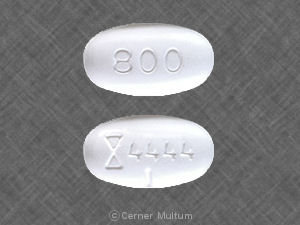
There are several medications that may be prescribed to alleviate the symptoms of restless legs syndrome (RLS), including:
- Dopamine agonists: These medications increase the levels of dopamine, a neurotransmitter that helps regulate movement and sensation, in the brain. Examples include pramipexole (Mirapex), ropinirole (Requip), and rotigotine (Neupro).
- Iron supplements: Iron deficiency can contribute to RLS symptoms, so taking iron supplements may help alleviate symptoms in some individuals.
- Anticonvulsants: Certain anticonvulsant medications, such as gabapentin (Neurontin) and pregabalin (Lyrica), may help alleviate symptoms of RLS by modulating the levels of certain neurotransmitters in the brain.
- Opioids: In some cases, opioids such as oxycodone or hydrocodone may be prescribed to alleviate severe symptoms of RLS, although their use is generally reserved for individuals with severe symptoms who have not responded to other treatments.
It is important to note that all medications carry some risks, and individuals should talk to their healthcare provider about the potential benefits and risks of any medication before starting treatment. In addition, treatment for RLS may need to be adjusted over time, as the effectiveness of certain medications may diminish or side effects may become problematic.
Gabapentin is sometimes used off-label for the treatment of restless legs syndrome (RLS), which is a neurological disorder characterized by an irresistible urge to move the legs, often accompanied by unpleasant sensations such as tingling or crawling.
While the exact mechanism of action of gabapentin in RLS is not well understood, it is believed that gabapentin may help alleviate RLS symptoms by modulating the levels of certain neurotransmitters in the brain, including gamma-aminobutyric acid (GABA) and glutamate.
However, it is important to note that the effectiveness of gabapentin for the treatment of RLS is still under investigation, and more research is needed to determine the optimal dosage, treatment duration, and potential side effects. Patients with RLS should always consult their healthcare provider before starting or changing any medication regimen.
Pain Medications, Pain Relief, and Pain Management
